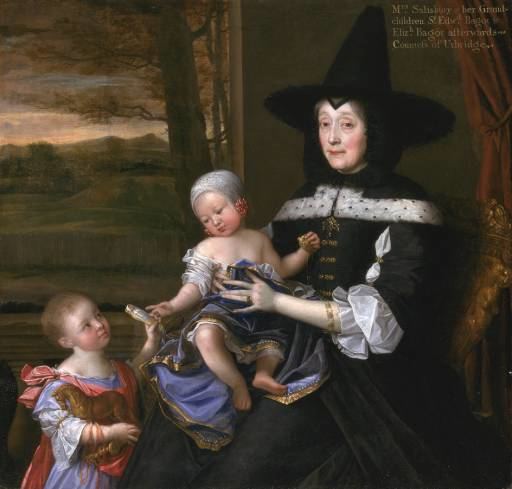 | ||
Pointed hats have been a distinctive item of headgear of a wide range of cultures throughout history. Though often suggesting an ancient Indo-European tradition, they were also traditionally worn by women of Lapland, the Japanese, the Mi'kmaq people of Atlantic Canada, and the Huastecs of Veracruz and Aztec (illustrated e.g. in Codex Mendoza). The Kabiri of New Guinea have the diba, a pointed hat glued together.
Contents
History
Existence of the conical hat is known as early as the Bronze Age in Middle East and Central Europe. One example is the golden hat worn by members of the priesthood, likely as a ceremonial accessory. In Ancient Greece, the pilos was a common conical traveling hat. Popular among Burgundian noblewomen in the 15th century was a type of conical headgear now called a hennin. Conical hats were also popular in late medieval Vijayanagar, India.
Bronze Age
The conical golden hats of Bronze Age Central Europe were probably a ceremonial accessory worn by the priesthood. See also horned helmet.
Iron Age
Textile analysis of the Tarim Mummies has shown some similarities to the Iron Age civilizations of Europe dating from 800 BC, including woven twill and tartan patterns strikingly similar to tartans from Northern Europe. One unusual find was a distinctively pointed hat:
Yet another female - her skeleton found beside the remains of a man - still wore a terrifically tall, conical hat just like those we depict on witches riding broomsticks at Halloween or on medieval wizards intent at their magical spells.Pointed hats were also worn in ancient times by Saka (Scythians), and are shown on Hindu temples and in Hittite reliefs. As described by Herodotus, the name of the Scythian tribe of the tigrakhauda (Orthocorybantians) is a bahuvrihi compound literally translating to "people with pointed hats".
Besides the Scythians, the Cabeiri as well as Odysseus are traditionally pictured wearing a Pilos, or woolen conical hat.
Middle Ages
The 13th century Cumans commonly wore pointed hats, and are reported to have fought wearing them.
Originating from the Japanese Heian period, the kazaori eboshi (風折烏帽子) was worn by aristocrats to indicate rank. Still worn today for ceremonial purposes, this black linen hat was used during a samurai's ceremony in attaining manhood.
The Papal tiara in the Middle Ages is sometimes shown as more pointed than in more recent centuries, though also shown with no point. Mitra papalis is a type of conch named after the papal mitre for its form.
Medieval Jewish men wore distinctive headgear as part of their religious observance. This included the pointed Jewish hat (or "Judenhut") already worn by Jews, a piece of clothing probably imported from the Islamic world and perhaps before that from Persia.
Popular among Burgundian noblewomen in the 15th century was a type of conical headgear now called a hennin.
The whirling dervishes from the 13th century wore hats similar to the hennins, and the Ottoman Janissaries wore similar headgear to show their veneration for Hadji Bektash, founder of a Sufi order.
Conical hats were also popular in late medieval Vijayanagar, India.
The term dunce cap is only attested from 1840.
Modern times
The Spitzhut is a traditional kind of headgear in Bavaria.
Pointed hoods were used by various orders and Catholic lay confraternities for processions, e.g. the Semana Santa of Sevilla who wore the Capirote.
Pointed hats are still worn in the rural Louisiana Mardi Gras celebrations by the Cajuns, the Courir de Mardi Gras, where they are known as capuchons.
The Ku Klux Klan has worn this headgear since its first era, where the costumes were far more elaborate than the modern, plain attire.
Folklore and fiction
Classical pointed hats are worn by the dwarfs, witches and wizards of European Folklore.
Also seen on: Garden gnomes, Smurfs, Gandalf, Merlin, and Link.
